Piękny Bóg, Piękny Człowiek. Zło z perspektywy teologii piękna Tomasza z Akwinu
Crusades were launched not because Muslims led normal peaceful lives while translating Aristotle’s works, but because The Holy Tomb was destroyed and Byzantine towns were attcked by the Turks.
Dominik Jarczewski OP: Where did the idea of the Crusades come from?
Tomasz Gauszka OP: There is no simple answer to that question. Firstly, it was not the idea of one person. Secondly, it is hard to identify when everything started. The Crusade movement is a concurrence of events in the Church and society, in and out of Europe. But we can say for sure that this movement could not have started before 11th century.
Why not before the 11th century?
This was the special century for many reasons. In Poland the first generation of Christians was growing, we had bishop Stanislaus [martyr saint] and, thanks to king Bolesław Szczodry and prince Władysław Herman, a large number of churches was built. In Western Europe we have above all the Gregorian Reforms, which thoroughly remodelled the Church in a way how it worked and how it was understood. From the times of Gregory VII, papal power was strenghtened and roles of clergy and laymen were clearly divided . Also, the significance of spiritual and intellectual development was emphasized thanks to monastic communities. Those changes were necessary so that 120 thousand people could have set off to the Holy Land. Europe of the first millennium had still been forming after the Migration Period and the Roman Empire’s fall. It was a conglomerate of small communities. Such scattered countries were almost impossible to govern. First of all they had to be united.
That sounds interesting, because there is an opinion that the Crusades were invented by pope Urban II in order to solve conflicts in Europe. After all, nothing has such unifying power as a common enemy.
It is worth seeing it from a wider perspective of the papacy. Its goal was to educate society in a moral sense . This is the fruit of Gregorian Reforms. When the Church became defined as an institution, the popes of the 11th century started to educatesociety, which was dominated by violence. After all, it was not surprising, as all nations descended from barbaric tribes. The popes quickly understood that violence could not be totally eradicated. It had to be somehow curbed. That was why in the 12th century at the First Lateran Council so called „truce of God” (treuga Dei) was introduced. This kind of truce answered a question which was fundamental for chivalry: in what circumstances one can defend one’s interests legally by using millitary force? So according to treuga Dei it was forbidden to pursue any fight from Wednesday evening to Monday morning and during Advent & Lent. As we can guess, it was practically impossible for a Christian knight to take part in a war, because a millitary conflict cannot be waged for three days a week.
That must have really limited room for manoeuvre.
The Crusade movement was a similar idea. The pope noticed that people were violent and crude, but on the other hand they were religious. So perhaps it was worthwile to use their desire to fight for a good reason? The theory of penitatnial war helped the pope here.
Penitential war? That sounds like contradiction, doesn’t it?
It was a novelty. In the Church tradition there were three works of mercy: prayer, fasting and almsgiving. In the 11th century another one was added: penitential war.
Killing was treated as a work of mercy?
Not killing itself, but sacrificing one’s energy and talents for a good cause. The 11th century was all about fighting for freedom. The Church fought for independence from secular powers, dukes fought for independence of their territories. But the inhabitants of Byzantium were losing their freedom under the power of the Seljuq dynasty’s subjects (mostly Turcs), who conquered most of Anatolia. In that context, in the court of Matilda of Tuscany, a concept of penitetial war was created by a think tank of the time. Penitential war was invented as a way of repentance for its participants’ sins. Not every war could be a penitential one. The pope had the power to discern, in what circumstances the faithful were entitled to indulgence. For instance, John of Mantua explained the pope’s power over millitary matters with Jesus’s words: Jesus did not tell Peter to throw out his sword, but to put it back to the sheath. So this was therefore the basis on which Peter and his successors claimed this specific power.
Unfortunately that opened a gate to manipulation. Thanks to the papal promise of indulgence, no European sovereign could have had such an army at his disposal as the pope had. For example Innocent II extended indulgence on all who fought against enemies of the papacy.
By saying this, you are trying to judge the pope’s intentions. Each kind of power can be abused. By the way, a question arises how to define the Crusades and how many were launched. According to a traditional concept, a crusade is a war expedition called by pope and aimed at the Holy Land only. But acccording to a newer, pluralistic definition, crusades are all kinds of war expeditions organized as a response to the pope’s call for the purpose of defence of faith or the Church. Therefore, there were not seven or eight crusades, but a few tens, and one of the last ones was the Battle of Vienna.
At the time of crusades the Holy Land had been ruled by Muslims for four centuries and nobody was particularly uncomfortable with that. What changed in the 11th century? Was it really necessary to intervene then?
It is wrong to say that nobody was interested what was happening in The Holy Land. Everybody knew and was affected by the fact that Jerusalem was conquered by Muslims in 638. It was not possible though to gather an adequate army during the first millennium. Military forces were not organized well enough and papacy was too weak. The moment when Christians found out that they should have done something was the year 1009, when khalif Hakim, not without a good reason called ‘Mad’, ordered the destruction of the Holy Tomb. It was a shock for Christians. From 1071 Seljuq Turcs attacked Byzantine towns and they started to threaten Constintanople. The ambassadors of the Byzantine emperor Alexios I Komnenos travelled to see the pope and ask him for help. The pope found out that he was at the centre of events; the Western elite was under his influence and the Eastern emperor wanted his help. It was nearly like the Second Coming: one flock and one shepherd. This political and ideo-theological coincidence led pope Urban II to the point, when on the 27th of November 1095 at the synod of Clermont he called chivalry for the first crusade.
What was the purpose of the first crusade?
Above all, converting Muslims into christianity was not its purpose, for the First Crusade was not an action of evangelization. Neither was it aimed at conquering the new land. Its purpose was to free and defend sacred places.
How many people answered the call?
Estimates given by historians are as high as 120 thousand potential crusaders, but not more than a half of that number actually took part in it. Only about 10 per cent of crusaders were soldiers. The rest were squirers, servants, in many cases also the soldiers’ wives. Apart from them, there were a lot of poor people who were of no military use and just caused a lot of trouble. So together with the First Crusade, the so called People’s Crusade started and it totally slipped out of the Church’s control. Knights were getting organized for the expedition, but unexpectedly many simple people wanted to take part in this mission. Then Peter the Hermit appeared on the scene and lead the crowds. He said that before the Holy Land would be freed from strangers, first the crusader’s towns should be clear from them. The only strangers at that time were Jews. That was how the disgraceful part of crusades history began – first Jewish pogroms in Trier, Regensburg and Cologne in 1096.
The crusade must have been a great logistics challenge. The army had to march thousads of miles before they reached Palestine. Their journey lasted for months and they had to pass through countries that were not necessarily friendly. How could they provide such an army with the supplies they needed, for instance food and money?
– These were important issues, because they questioned a materialistic interpretation of the Crusades, which has been in effect until recently. According to the materialistic interpretation, crusaders were poor knights who did not own any land, so they hoped to become rich. Nothing could be further from the truth. If anyone decided to go on a crusade, they and their family had to pay an enormous price for armour, equipment, squires, food and other essentials needed for many months of travel and fight. The First Crusade was a test for many people. It showed how unprepared they were for their long journey and how inappropriate their armour was for the warm southern climate. On the other hand, it was the only successful expedition: they conquered Jerusalem and founded The Kingdom of Jerusalem. It was a romantic uprising of great enthusiasts, who put all their eggs in one basket and they won. Perhaps naiveness coupled with enthusiasm was their key to success. In later years, crusaders knew what to expect and that was sometimes their stumbling block. The Fourth Crusade is a good example here. Having been aware of the costs, knights got involved in various kinds of business and discussions, that eventually led them not to the Holy Land but to Constintanople. As a result, the crusaders looted the city.
The infamous capture of Constantinople… How did it happen?
If I was asked to tell which was the most significant crusade, also regarding current debates about the East, my answer would be: of course, Fourth one that took place between 1202 and 1204. The Orthodox Church still remembers it. What happened then? It was a tragic coincidence. It is often said that crusaders were meant to go to the Holly Land, but they disobeyed the pope and went to Constantinople which they very brutally vandalized and looted. But this is an oversimplified explanation.
According to the original plan, the crusaders were to sail to Egypt, courtesy of Venetian merchants, so they could attack Palestine from the south. The amount of money they were obliged to pay the merchants was precisely specified. Unfortunately, for various reasons, there were fewer knights than expected, so they were not able to pay the fixed price. It is also possible that the price was raised. Then the Venetian Doge Enrico Dandolo decided to use crusaders to collect his debts in Zara, a town in today’s Croatia (Zadar). He promised the crusaders he would lower the price. Unfortunately the army went too far and looted Zara. The crusade came to a deadlock. The pope excommunicated the crusaders, but nobody wanted to announce that to them. It was still not possible to sail to Egypt. Then an unexpected proposal came. The future Byzantine emperor Alexios IV asked crusaders to help him resolve a conflict within his country. As a result of a riot, his father Isaac II Angelos was imprisoned. Alexios promised the crusaders that if they helped him regain the throne, he would help them financially and millitarily, so that they would be able to reach the Holy Land using the usual way from the north. The Crusaders agreed to help Alexios, and at the beginning of July 1203 they arrived near Constantinople. The mere fact that the crusaders were there made it easy for Alexios to regain the throne. But the new emperor was unable to fulfill his promise, while he had the army of crusaders waiting by the city walls. Meanwhile another coup was staged and the future emperor Alexios V promised his partisans that he would expel the present emperor and defeat the army of Western spongers freeloaders. The crusaders, having been waiting for a year by the city walls, felt deceived. They understood they would get nothing and be attacked in a while. What shall they do then? Wait for the attack or demand their payoff? Unfortunately, they chose the latter: in July they assaulted the city and poured out all their frustration. In order to understand their aggression and cruelty, we have to remember the Roman-Catholic minority that was massacred in Constantinople in 1182. Memories were still fresh. All those factors came together and the results of the Fourth Crusade were tragic. As we can see, history is much more nuanced than we think. But having said that, I do not want to make any excuses for violence. Death of a human being is always a wrong thing.
The cruelty of the first crusaders-conquerers of Jerusalem is often presented in opposition to the clemency of sultan Saladin who let Christians leave the city in peace a few decades later.
This is a myth that was spreaded through literature. It was created by Walter Scott, a protestant, who was a fine writer but poor historian. He wrote a novel ‘Talisman’ about the Third Crusade. He created three types of characters which were blindly copied by his successors. So a Catholic was a violent and fanatic knight, a member of the Orthodox Church was a victim of the conflict between two empires, and a Muslim was an intellectualist, nearly like a gentleman of the 19th century. An influential historian, Steven Runciman, followed Walter Scott’s ideas and the rest was done by popular culture, for instance the film ‘Kingdom of Heaven’. Unfortunately, our common knowledge is mostly based on dogmatized literary and historical fiction, not on serious academic publications. These show very clearly that a simple opposition of ‘goodies’ versus ‘baddies’ is a huge misunderstanding. At present we already know that the conquest of Jerusalem was not as brutal as it was presented by chroniclers. However, we have to remember that prisoners-of-war were not spared after the deciding battle of Hittin, when Saladin was close the victory, which finally lead to the conquest of Jerusalem. Saladin ordered the beheading of all crusaders. But the crusaders did not kill their prisoners.
But Saladin spared the inhabitants of Jerusalem.
It was a part of the war rules used at that time. If any army approached the walls of a town, the governors had to take into account that their town may be destroyed. It was a matter of discernment if it was possible and affordable to defend the town. They could give a ransom for themselves and in that case war prisoners were not killed. But they could choose to do nothing. When the conquest started, soldiers could not be stopped in a frenzy of a battle, they were too excited. Everbody realised that. The conquest of Jerusalem by crusaders was a completely different situation in comparison with the the later conquest by Muslims. First time there were no negotiations, but the second time both parties made an agreement. So each conquest ended in a different way.
There is an opinion, according to which some Muslims’ hatred towards the the Western world is a result of the trauma caused by the Crusades.
There is no evidence justifying that opinion. Let us remember that the Crusades were launched not because Muslims led normal peaceful lives while translating Aristotle’s works, but because The Holy Tomb was destroyed and Byzantine towns were attcked by the Seljuq Turks. Seljuqs belonged to the most radical group among Sunni Muslims. Today’s founders of Islamic State are their successors. It was, and it still is, a very brutal branch of Islam. When the First Crusade was launched, Muslims had been agressive for 100 years already. It would be a mistake to say: let us not react, let us just observe them, send letters, express our concern. Crusades were caused by aggression of Islam. That is a sufficient explanation why the today’s jihad cannot be looked at as a response to crusades.
Can we call crusades a kind of Christian jihad?
Such a comparison is not adequate, because primarily jihad is a war within Islam itself. The purpose of jihad is to strenghten and unite Islam, therefore Muslims fight Muslims in that war, for instance, Shia against Sunnis, radical Sunnis against moderate Sunnis, etc. Fighting against the faithful of other religions is a secondary matter. But as I mentioned before, the Crusades were not ‘a missionary action’, but a response to the aggressive policy of Muslim authorities.
How about the so called Crusade against heretic Cathars? Can it also be treated as a fight for the purity of religion…?
That was indeed an inner Church fight, but it was not as if Cathars just led a peaceful life. It was a response to violence. The reason for the Crusade against the Cathars was the murder of the papal legate Pierre de Castelneau. And there are many more examples of violence of this kind.
Now, what about jihadists? What kind of violence are they responding to? To the violence of religious minorities in Iraq and Egypt, which are in fact vulnerable and defenceless? So this kind of analogy is far from perfect. The only common aspect of the Crusades and jihad is religion on banners. But the Crusades were reaction to agression. Jihad is war against the unfaithful, that starts without any preceding attack.
Let us try to sum up two centuries of Crusades. You have mentioned that only during the First Crusade Jerusalem was conquered. So did the Crusaders fulfil their purpose?
Any answer to that question would raise a huge debate. We could list positives and negatives. As for positives, army and military science such as defence and strategy had developed enormously. We should also mention cultural development. The Kingdom of Jerusalem lasted for 200 years, so people were born and died there, and they absorbed Muslim culture and art. It was noticeable in material culture: from weaver’s craft to flavours and tastes. Although Muslims and Christians fought with each other, thereafter, above all else, they cooperated and were learning how to live side by side. Even when the Kingdom of Jerusalem had fallen in 1291, Christians got on quite well in the Middle East. Another positive is strenghtening of the papacy.
But obviously, there were also negatives. From the today’s point of view, the most important negatives concern the Fourth Crusade. It aroused such strong enmity between the Eastern and Western Church, that even today we cannot overcome it. The Fourth Crusade made Byzantium so weak that, during the following centuries, Muslims could approach the outskirts of Vienna. Antisemitism and pogroms must also be included in negatives.
Any attempt of judgement on the results of crusades will be a matter of discussion. But a historian has to understand human motivations. People did not join the Crusades in order to kill, conquer and become rich. They did it because they believed, and they were taught to lay down their lives for faith. They were taught that they must not be indifferent. Therefore, I very much like what our master Humbert of Romans said when asked if it was good that the best knights were killed far away in the East: ‘The aim of Christianity is not to populate the earth, but to populate heaven. (…) By this kind of death people make their way to heaven who perhaps would never reach it by another road.’ Here we enter the domain of those people’s faith. And perhaps that is why we will never really understand the Crusades.
Translation: Jolanta Brózda-Wiśniewska, Daniel Wiśniewski
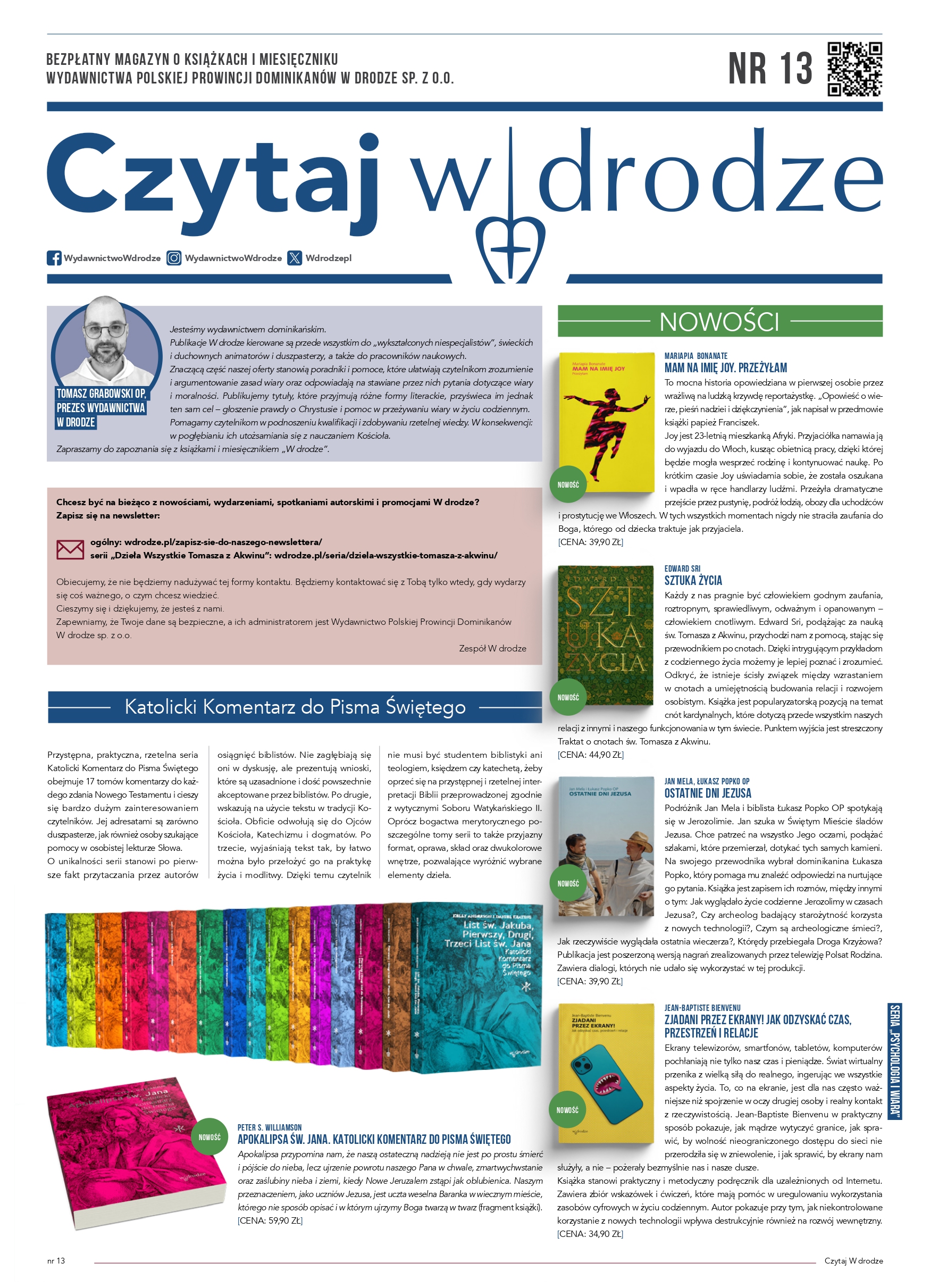

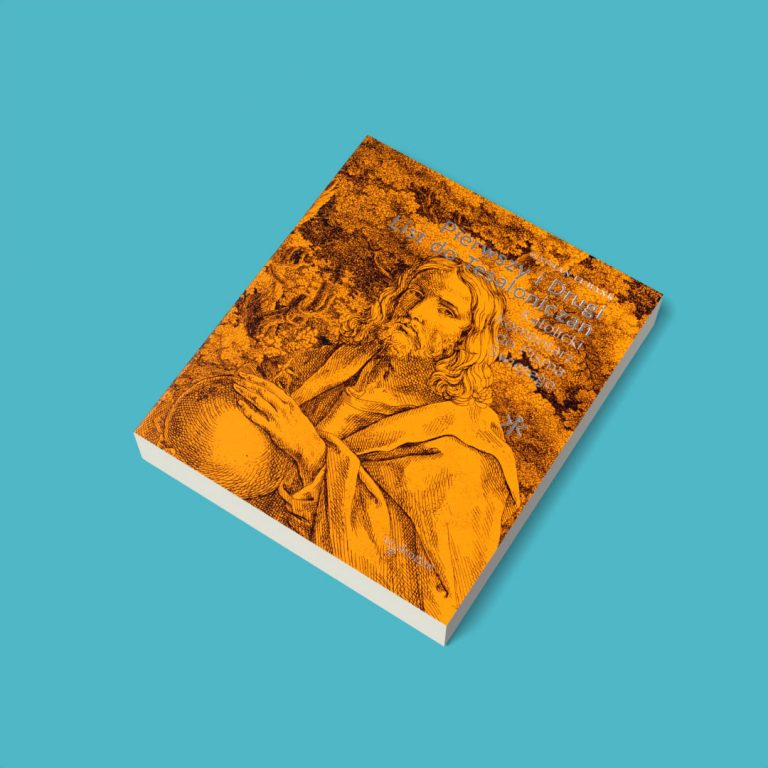
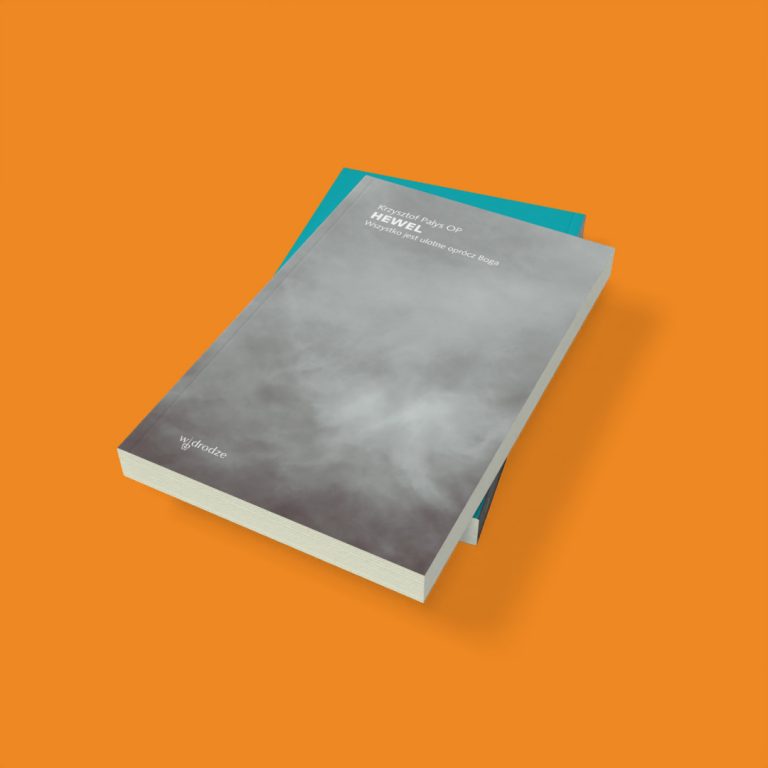


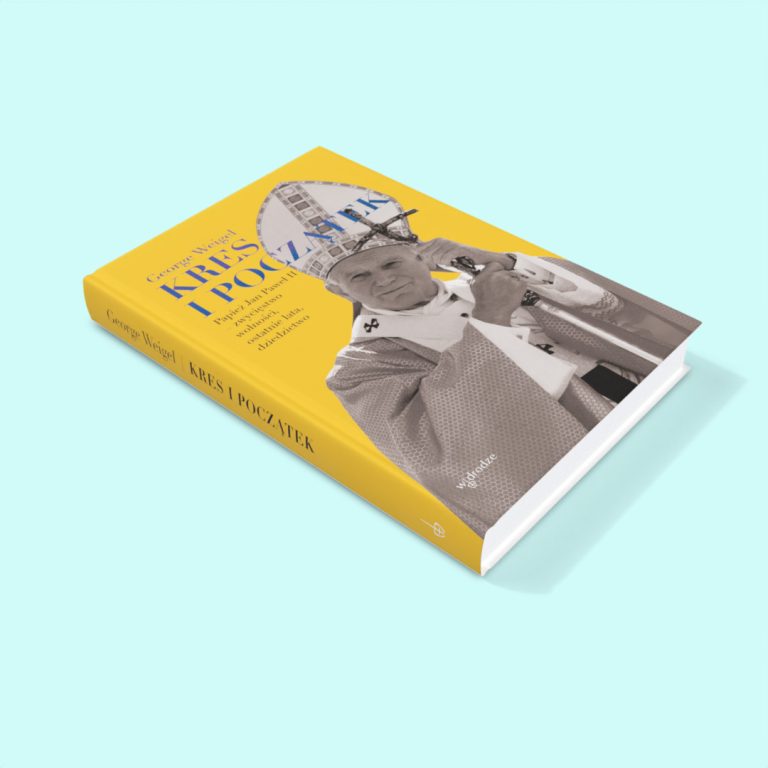
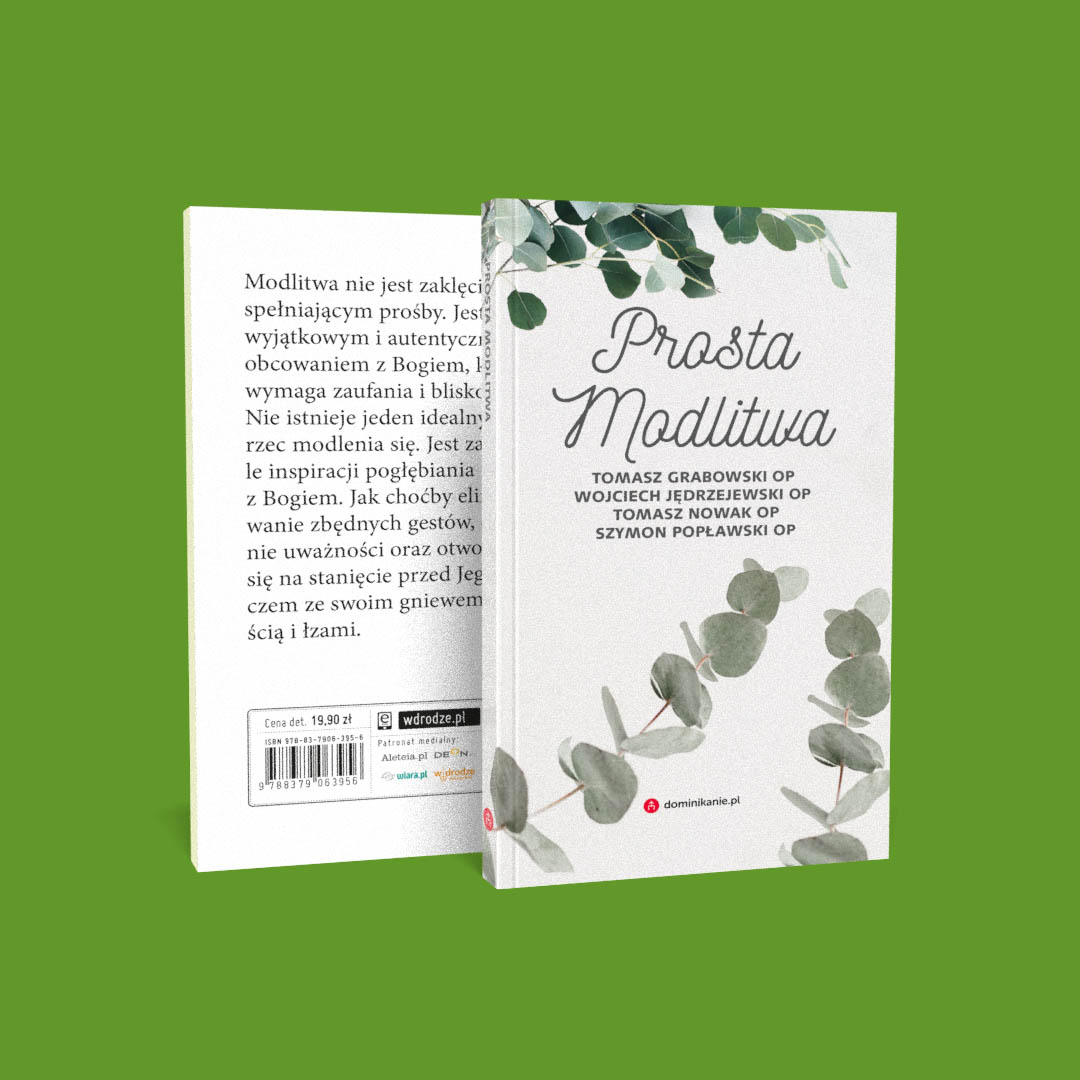
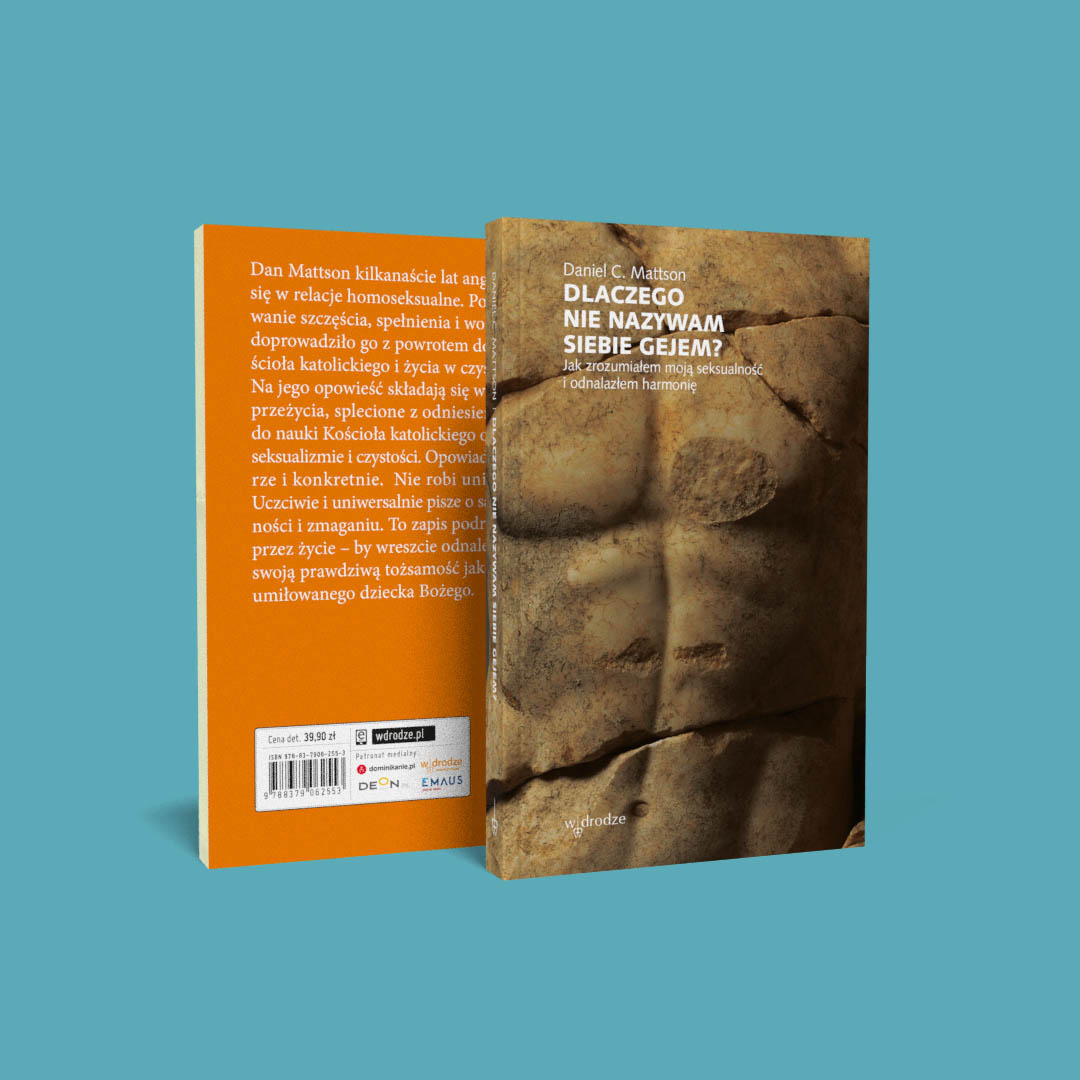

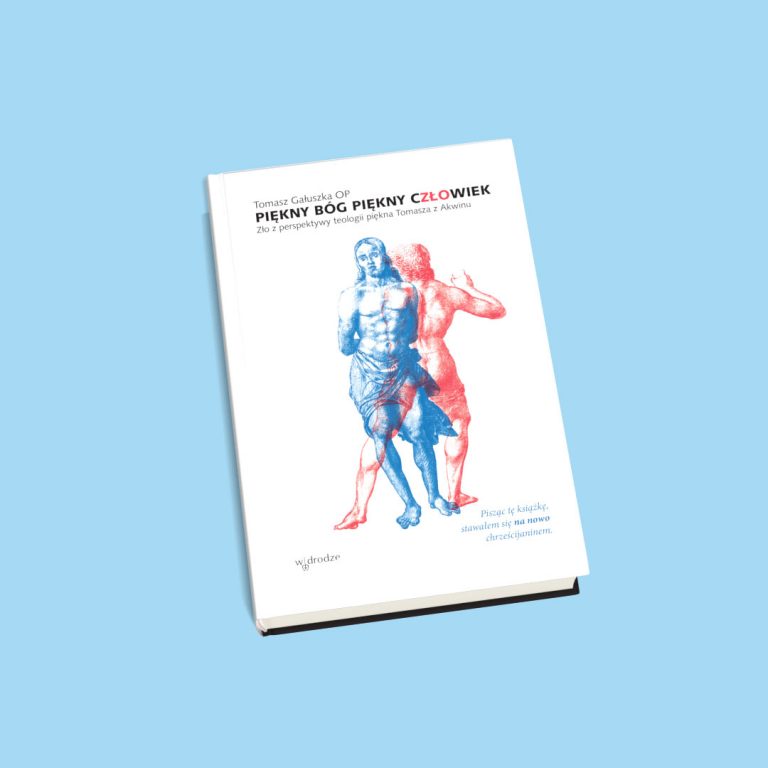





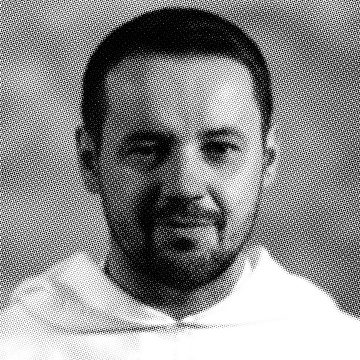

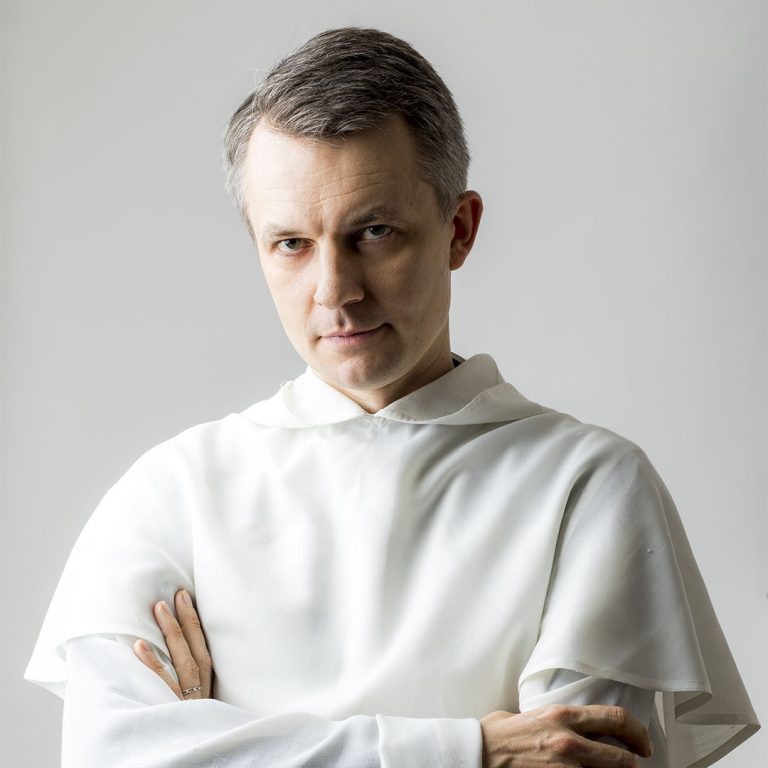

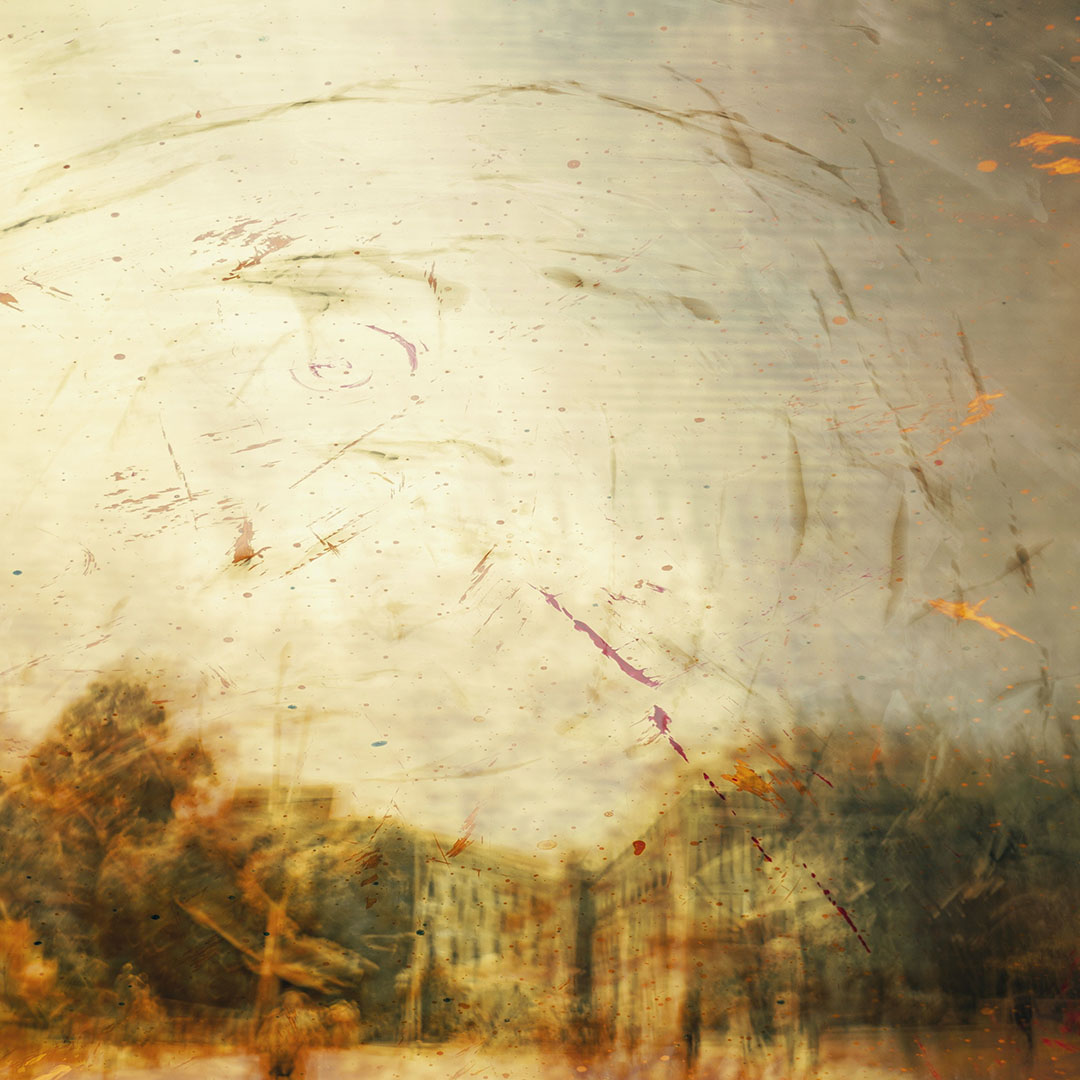



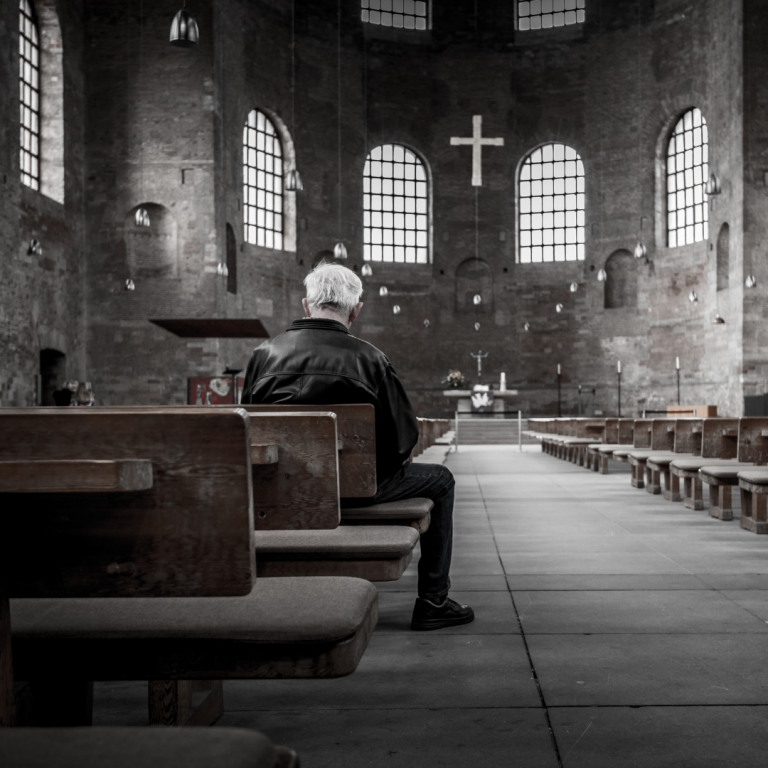


.jpg)






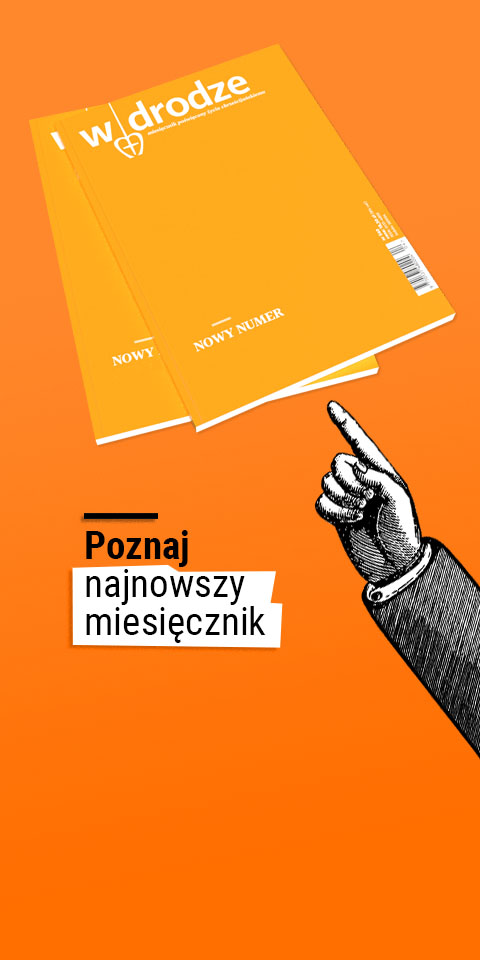






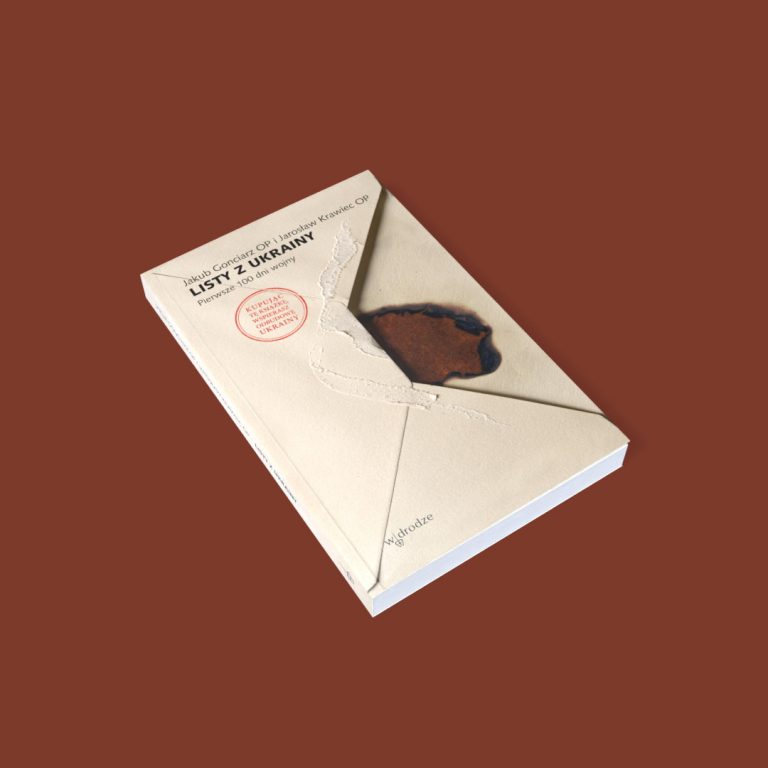
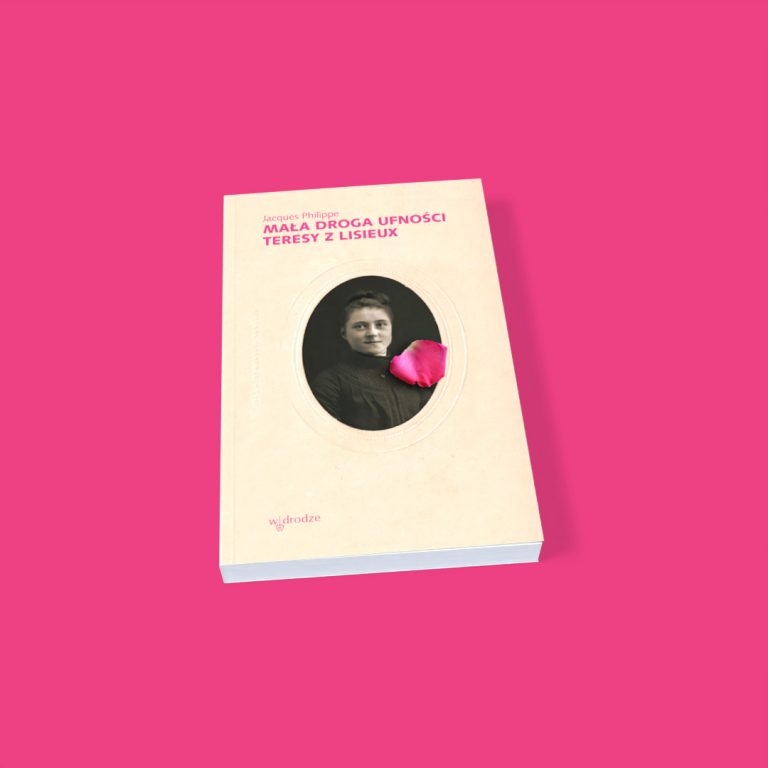
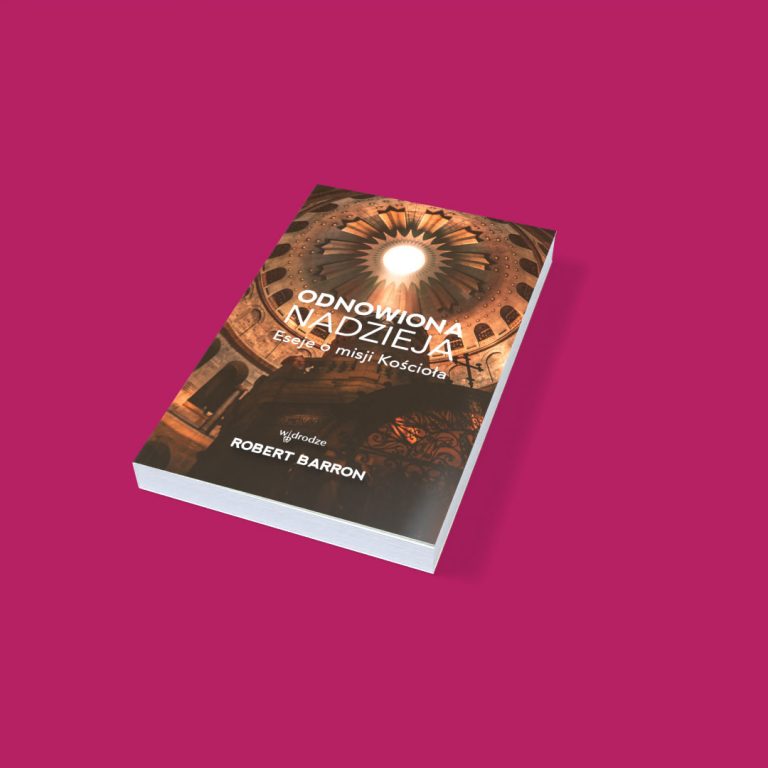
Oceń